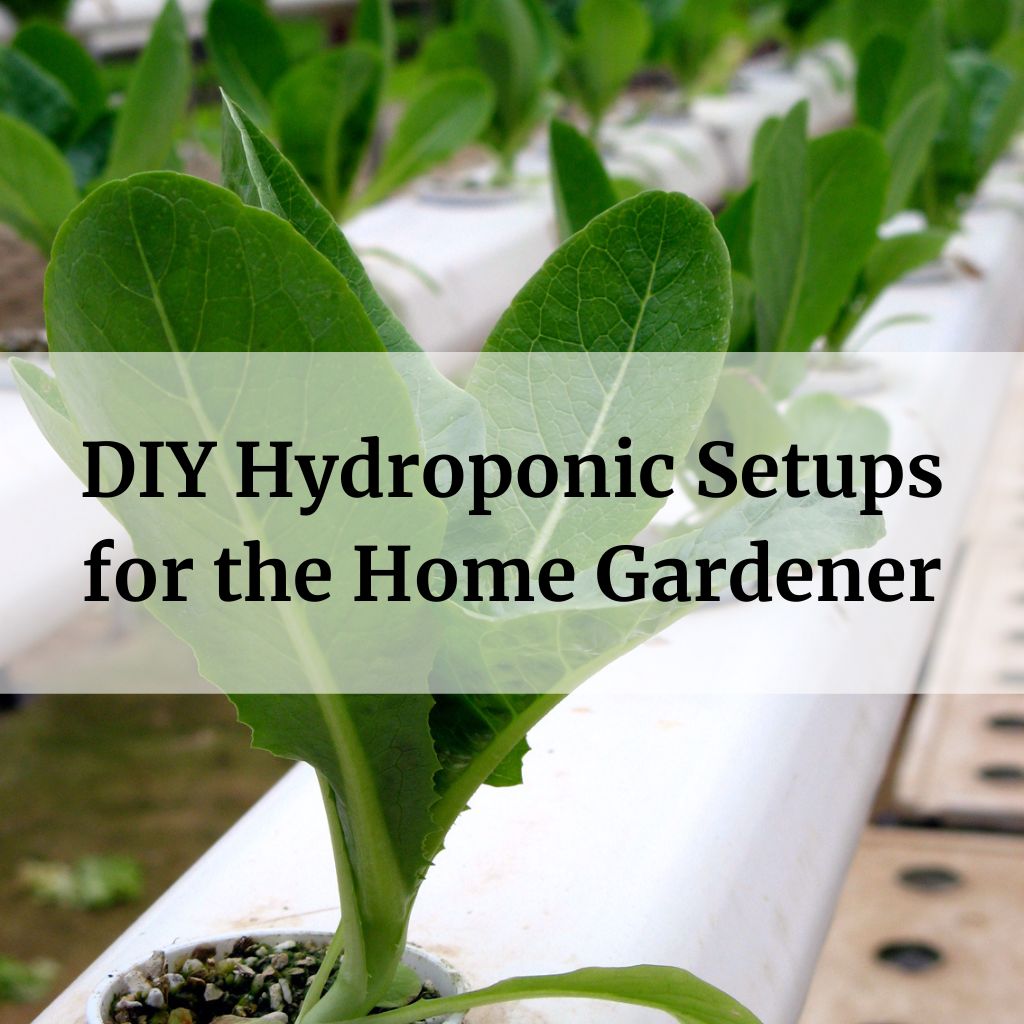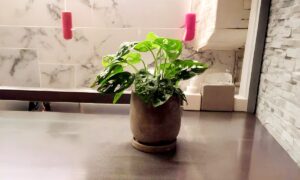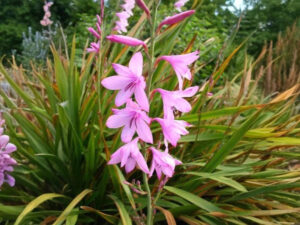
Hydroponic gardening is a method of growing plants using nutrient-rich water instead of soil. It can be a great option for home gardeners who have limited space or poor soil quality. Here are some things to know about DIY hydroponic system and costs:
In this article
Types of Hydroponic Systems
DIY hydroponic systems can be designed as wick, ebb and flow, water culture, NFT, drip, or aeroponic systems. Depending on your needs and available space, you have a choice of several types of DIY hydroponic gardens, ranging from the simple wick and water culture systems, to more ambitious NFT (Nutrient Film Technology) and drip hydroponic systems.
Materials Needed
The materials needed for a DIY hydroponic system can vary depending on the type of system you choose to build. Some common materials include PVC pipes, net cups, aquarium silicone sealant, storage bins, and plastic mesh net plant cups.
Plants to Grow
Hydroponic gardens can be used to grow a variety of plants, including vegetables, flowers, and herbs. Plants that are harvested frequently tend to do best in passive hydroponics systems, such as lettuce, kale, Swiss chard, strawberries, and non-woody herbs like basil, oregano, mint, and thyme. Plants such as cucumbers and tomatoes require more attention and monitoring to produce well in a hydroponic system, so they may not be the best choice for beginning hydroponic gardeners.
Setup Costs
DIY hydroponic systems can be cost-effective compared to purchasing pre-made systems.
Here is a table with the equipment required and estimated costs for creating a DIY hydroponic garden:
| Equipment | Estimated Cost |
|---|---|
| Buckets or Containers | $5-10 per bucket |
| Growing Medium | $10-20 |
| Water Pump | $20-50 |
| Tubing and Fittings | $10-20 |
| pH Control Kit | $10-20 |
| Nutrients | $10-30 |
| Grow Trays or Tables | $20-50 |
| Light Source | $50-100 |
| Support Structures (if needed) | $5-10 |
| Labels and Markers | $1-5 |
| Total Estimated Cost | $151-335 |
The estimated cost for creating a DIY hydroponic garden can vary depending on the size of the garden, the type of plants you want to grow, and the quality of the equipment you choose. This table provides a rough estimate of the costs for the basic equipment needed to get started.
Maintenance
Hydroponic gardens require less maintenance than soil-based gardens since pest and weed control are less of a problem. However, it’s important to pay attention to the plant’s nutrient and pH needs in order to have a successful crop.
Overall, DIY hydroponic systems can be a great option for home gardeners who want to grow their own food but have limited space or poor soil quality. With a variety of types of systems to choose from and a range of plants that can be grown, there’s a hydroponic setup that can work for almost any home gardener.







